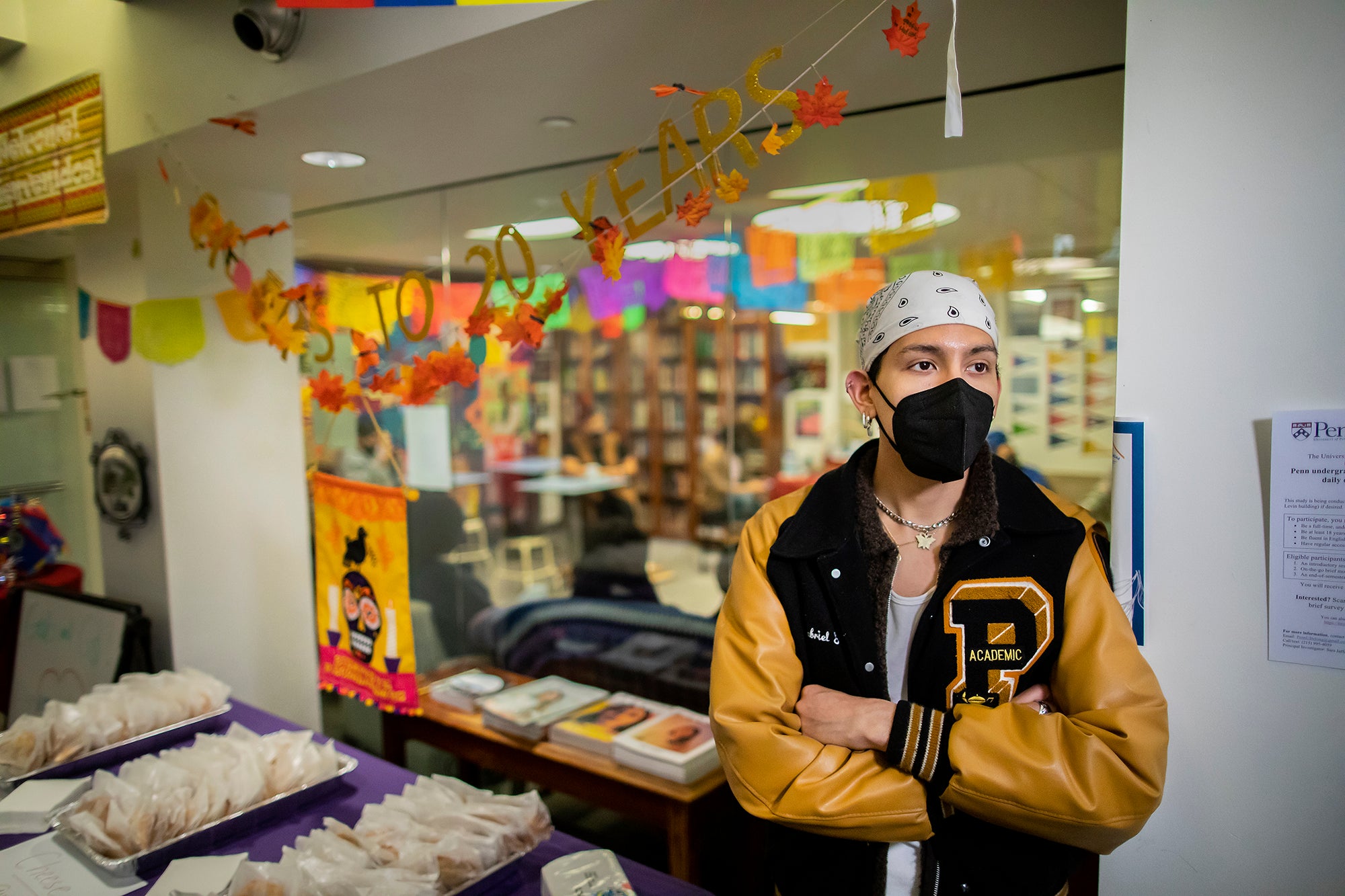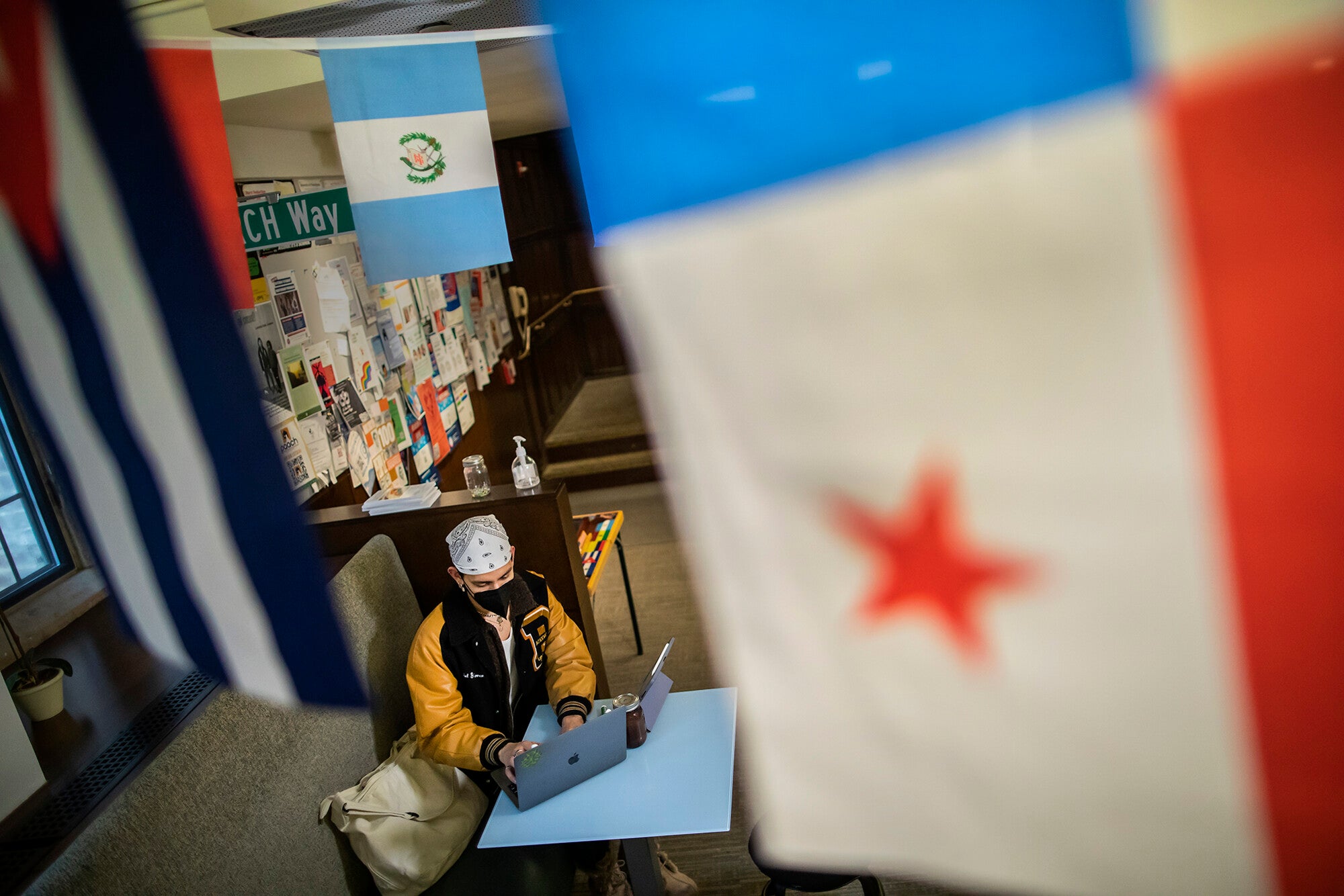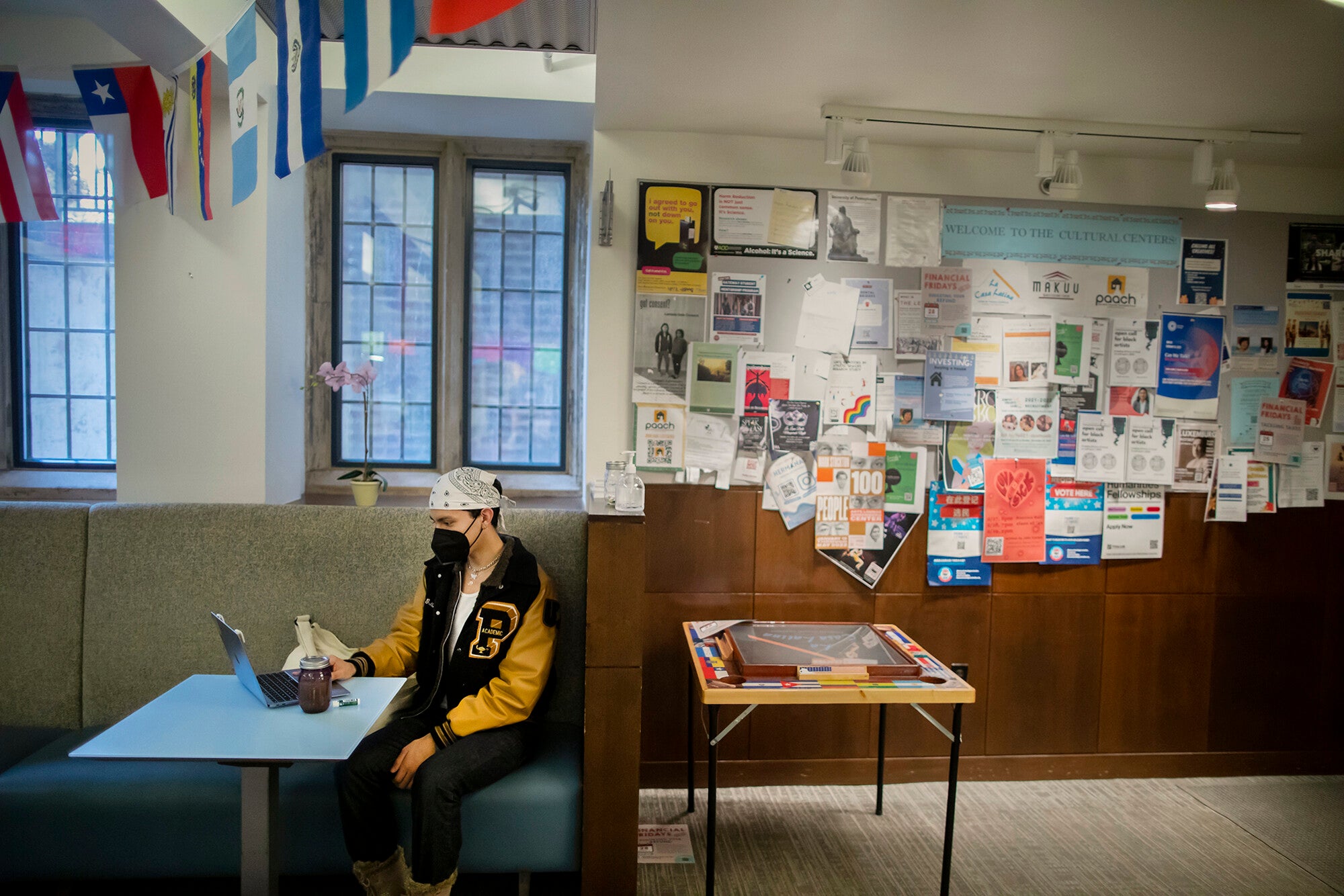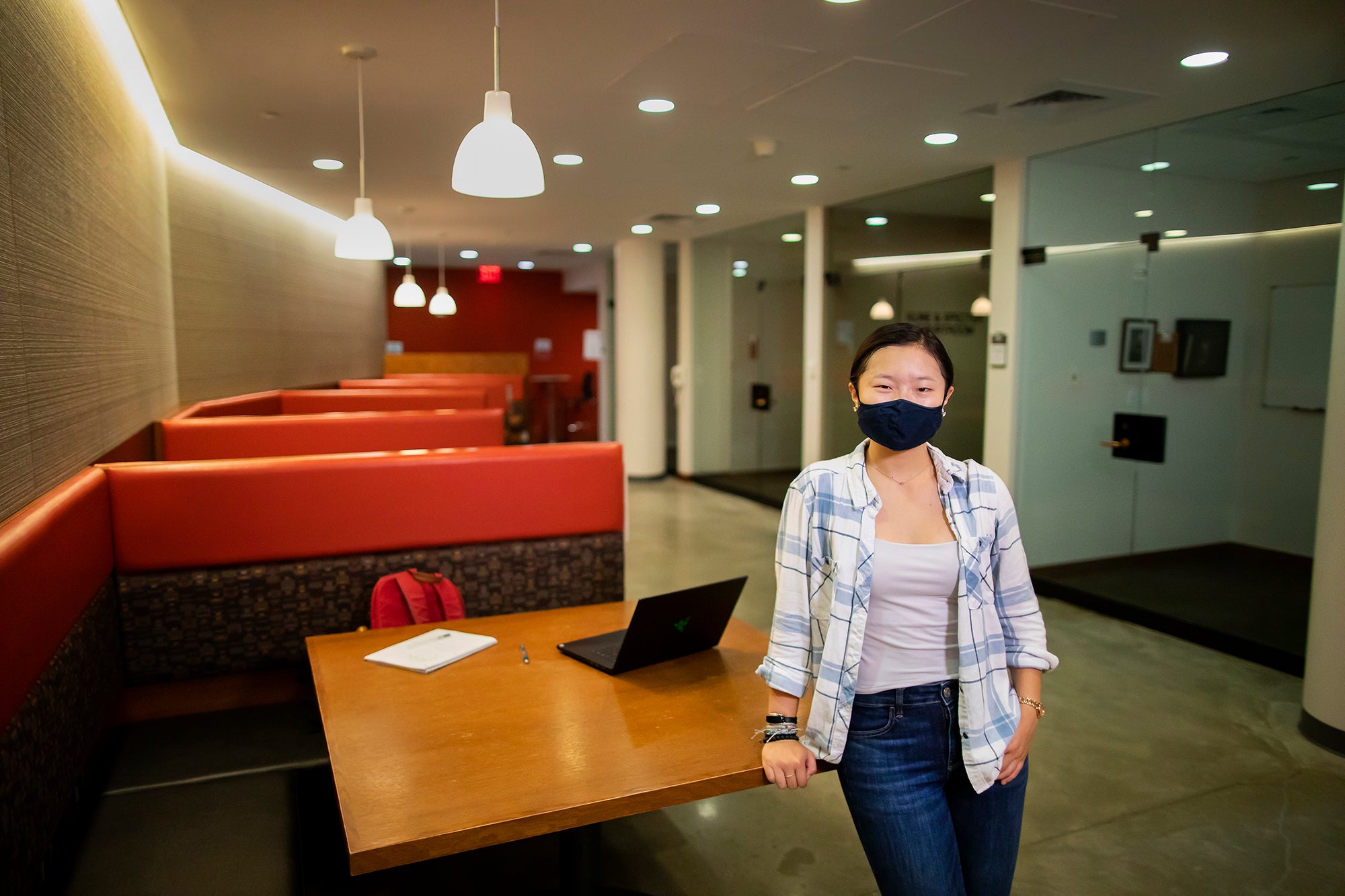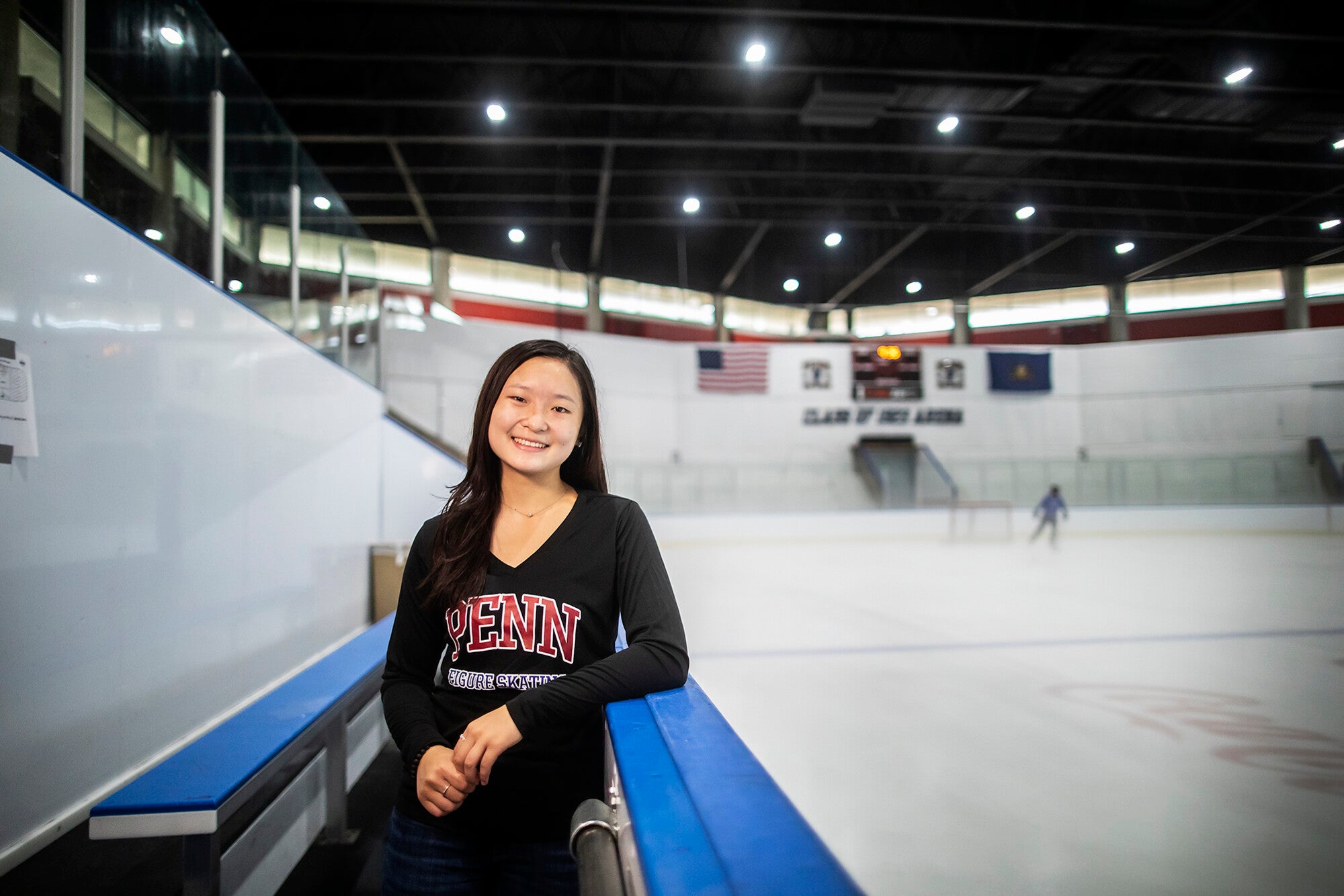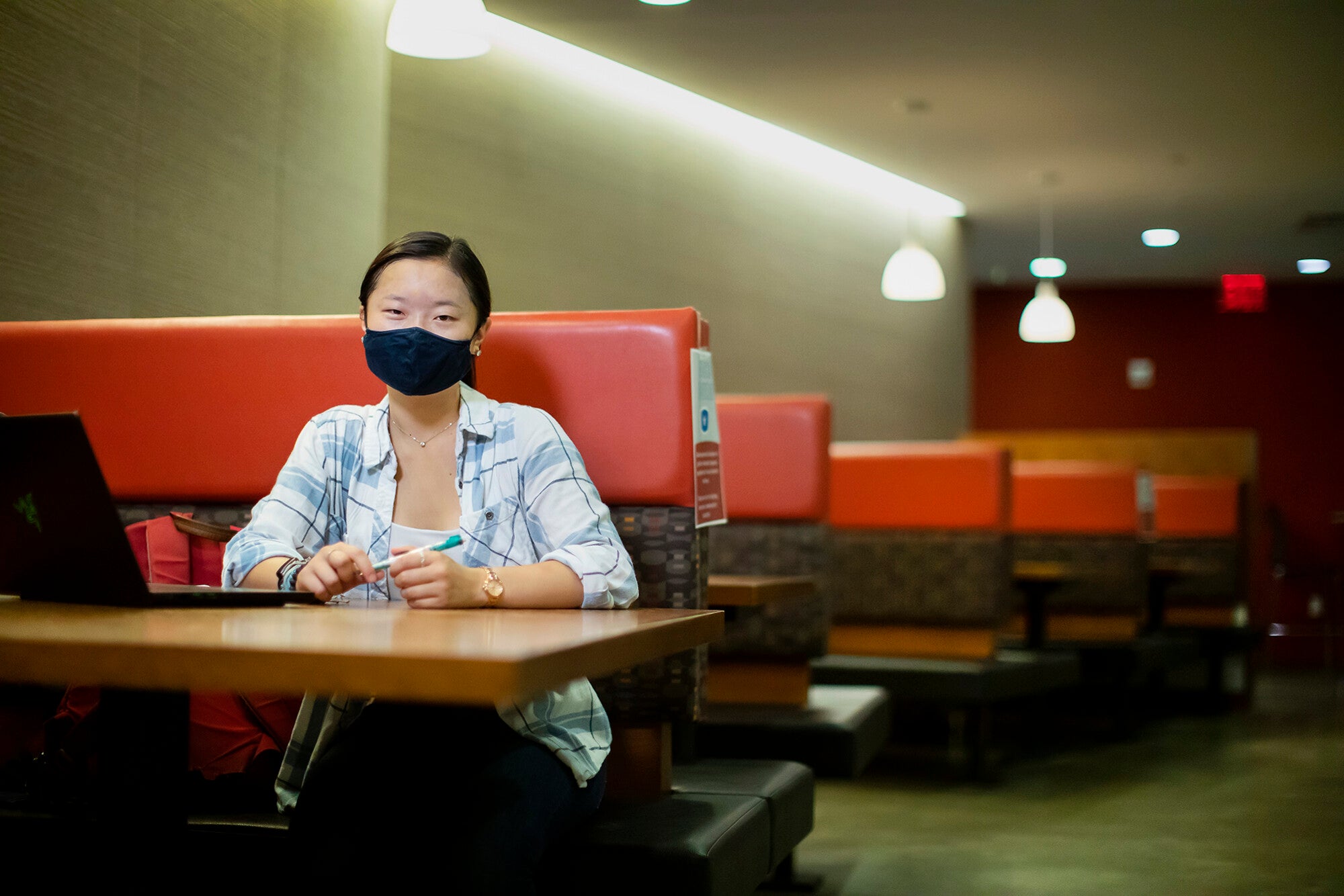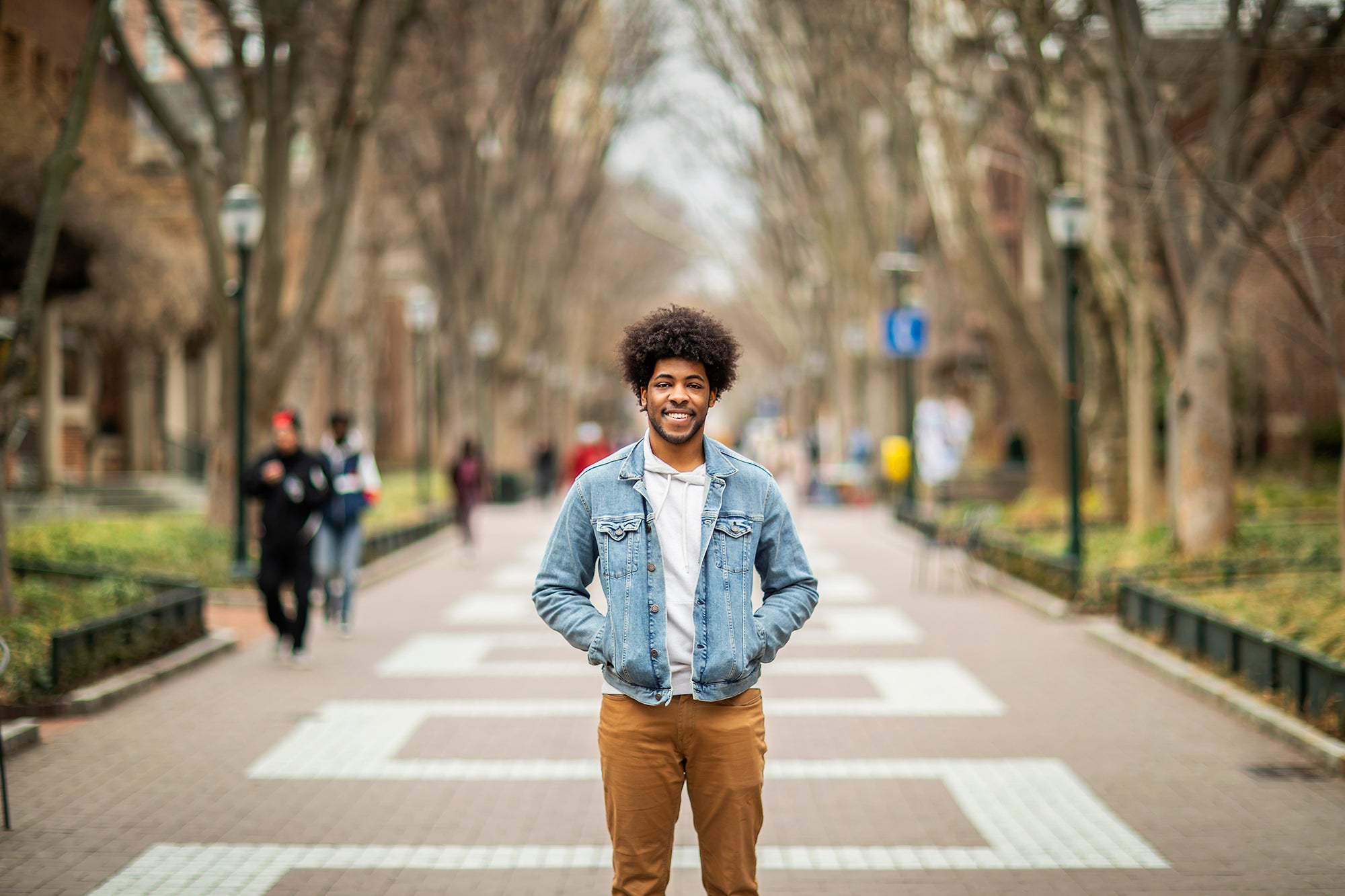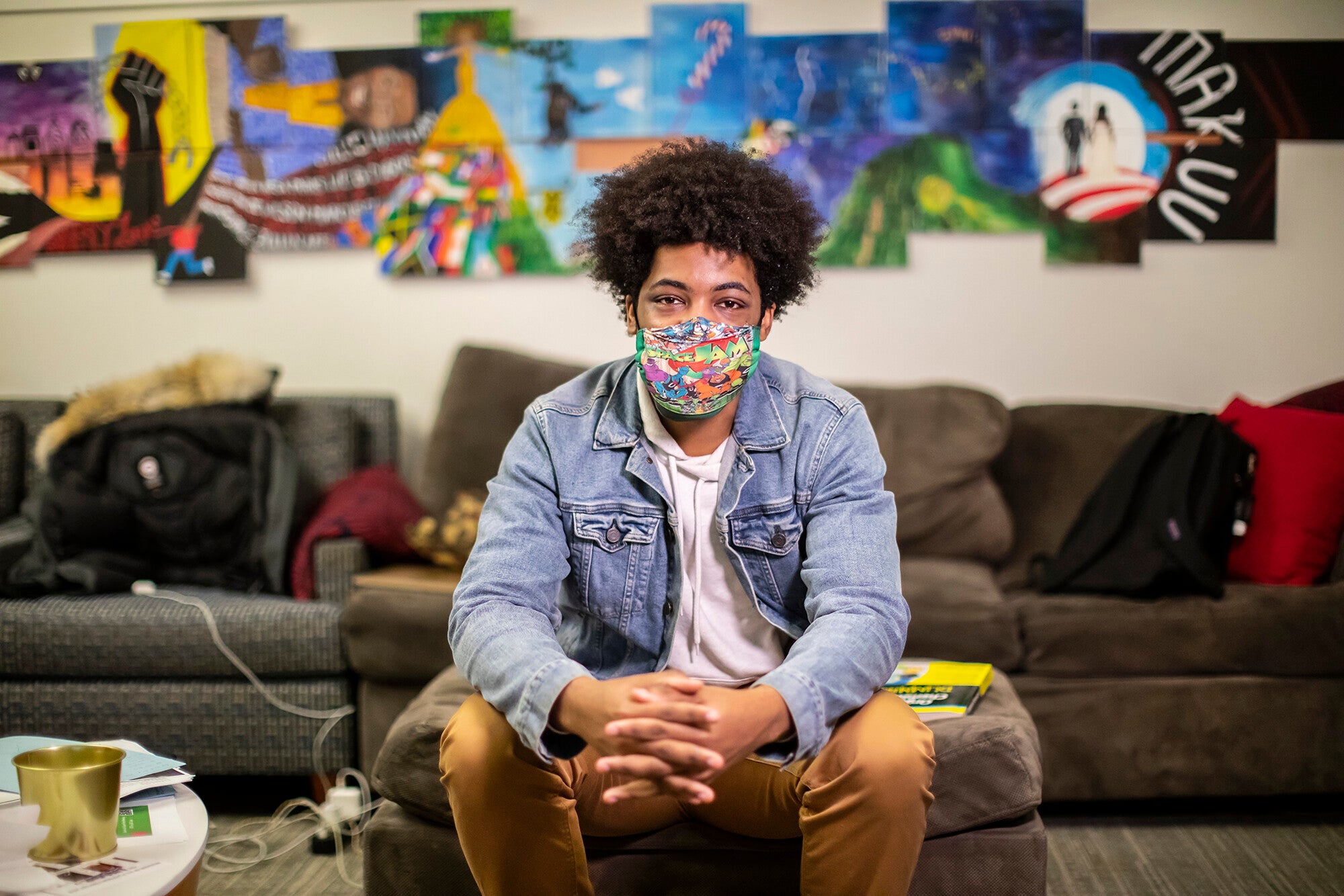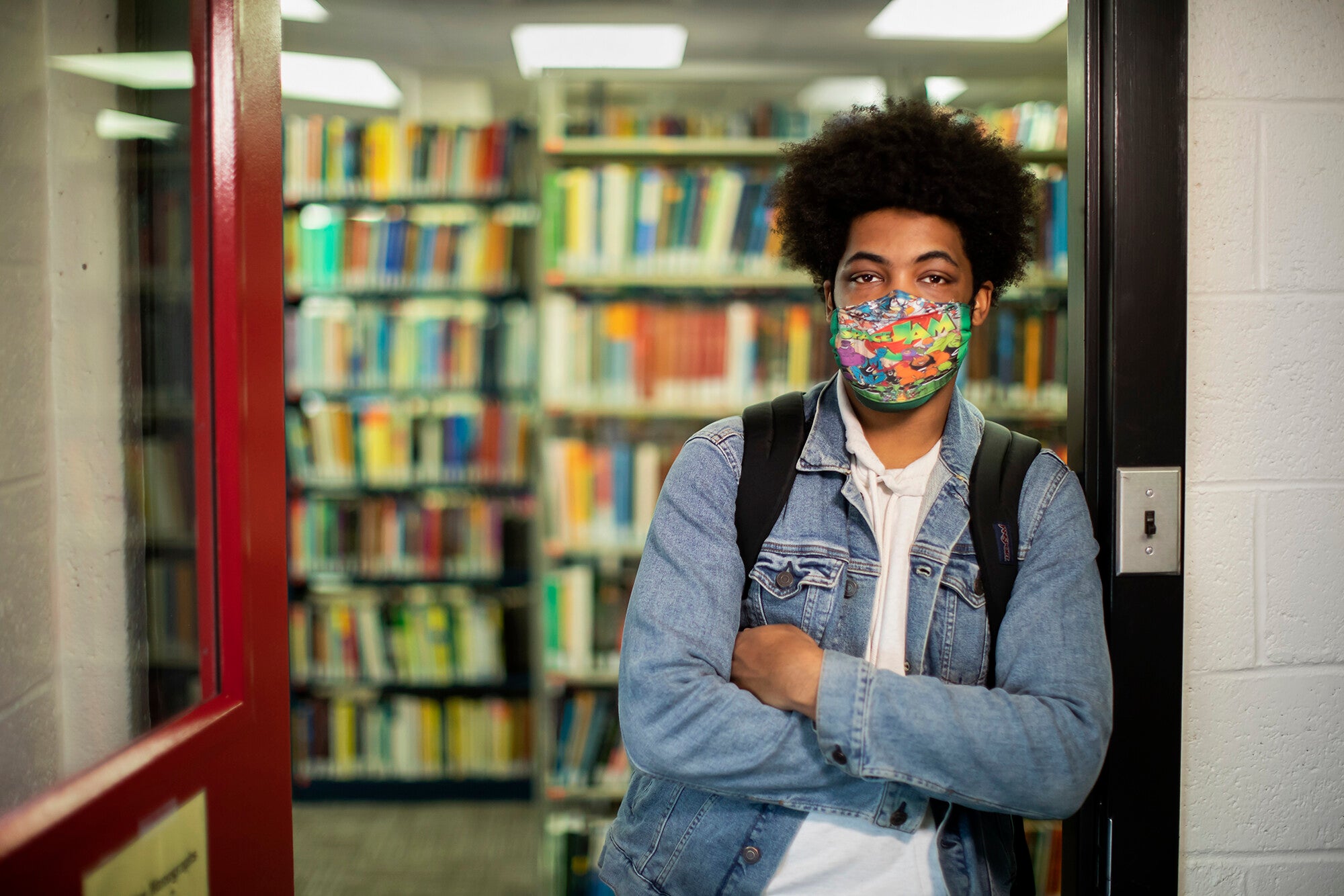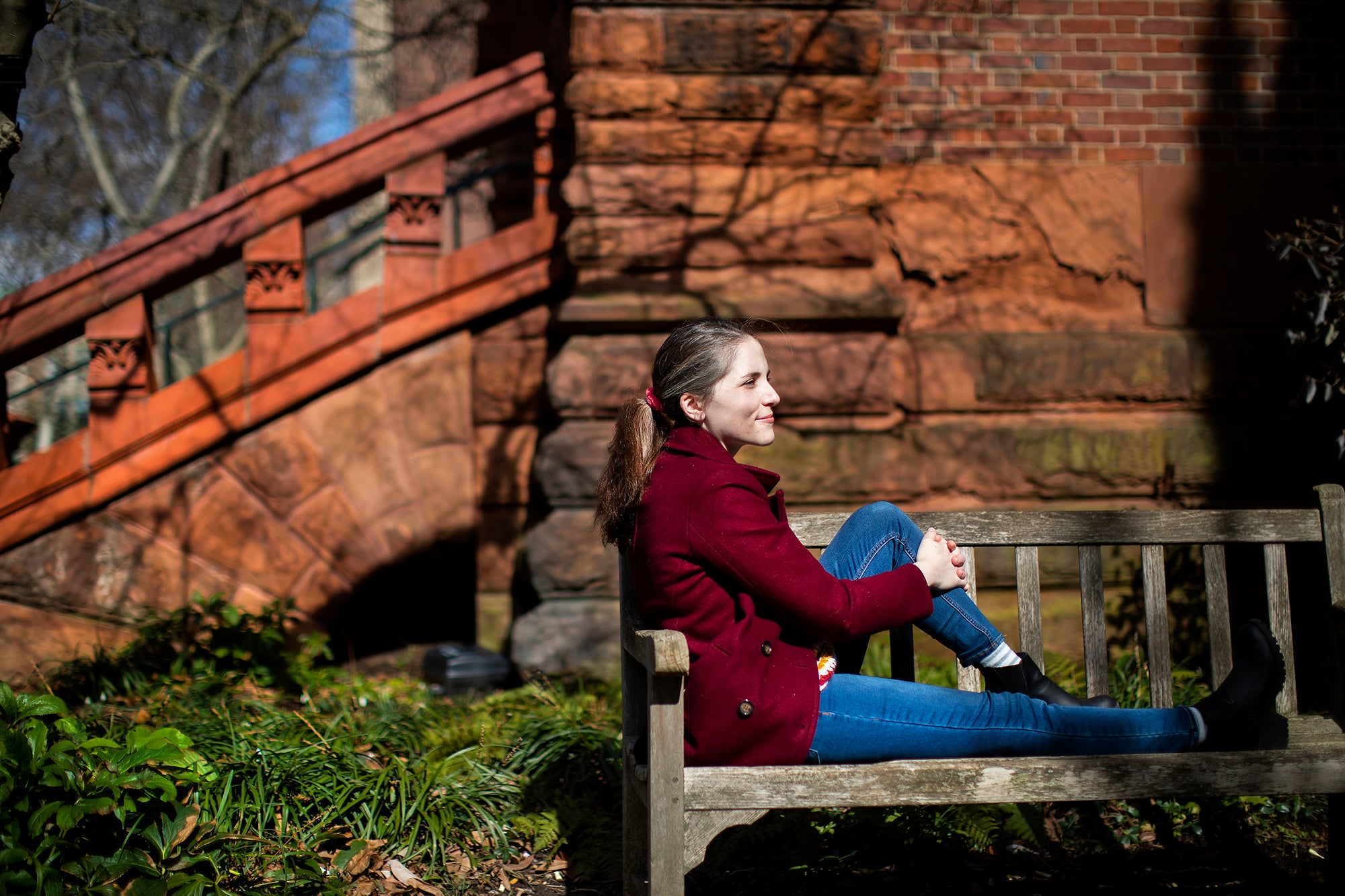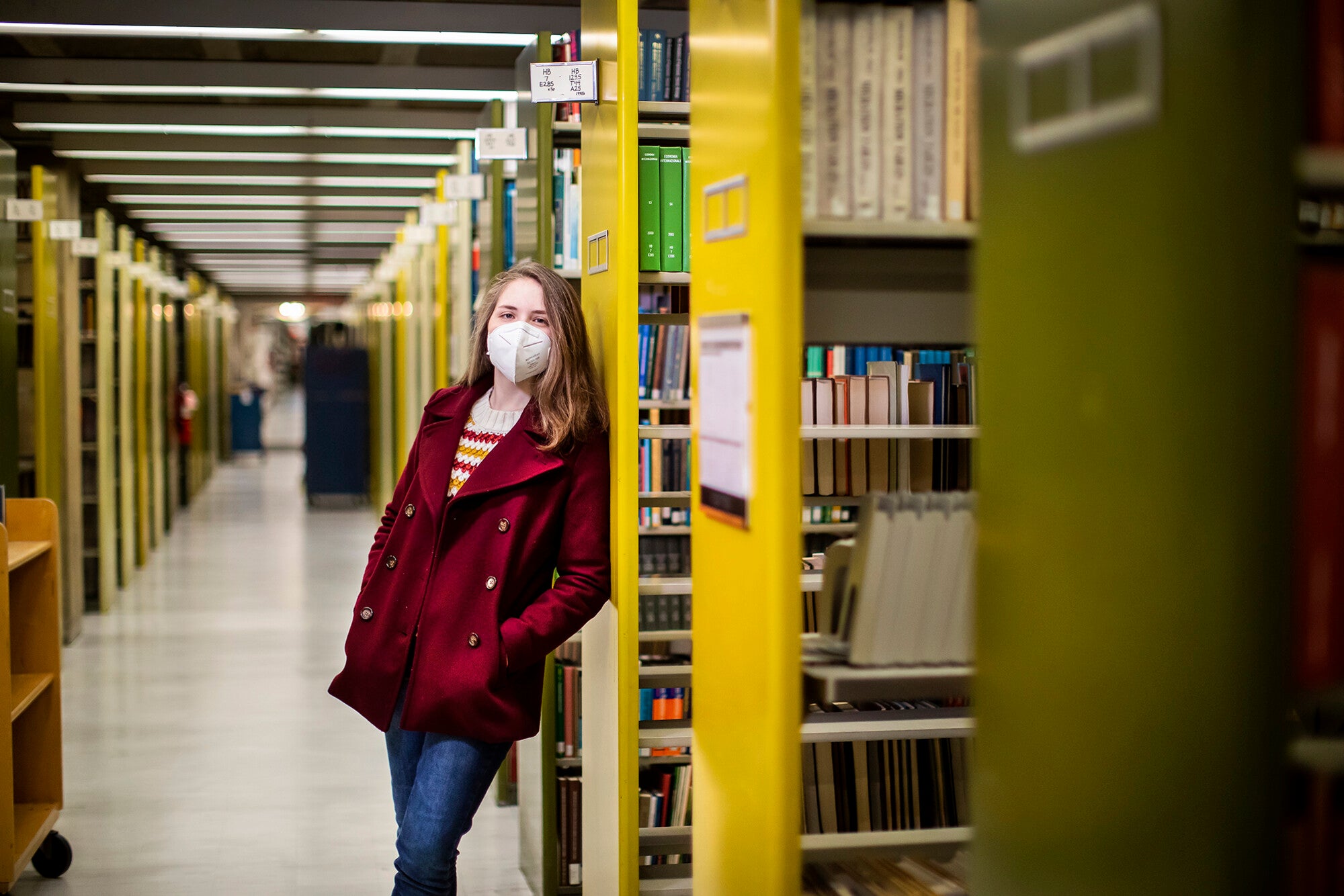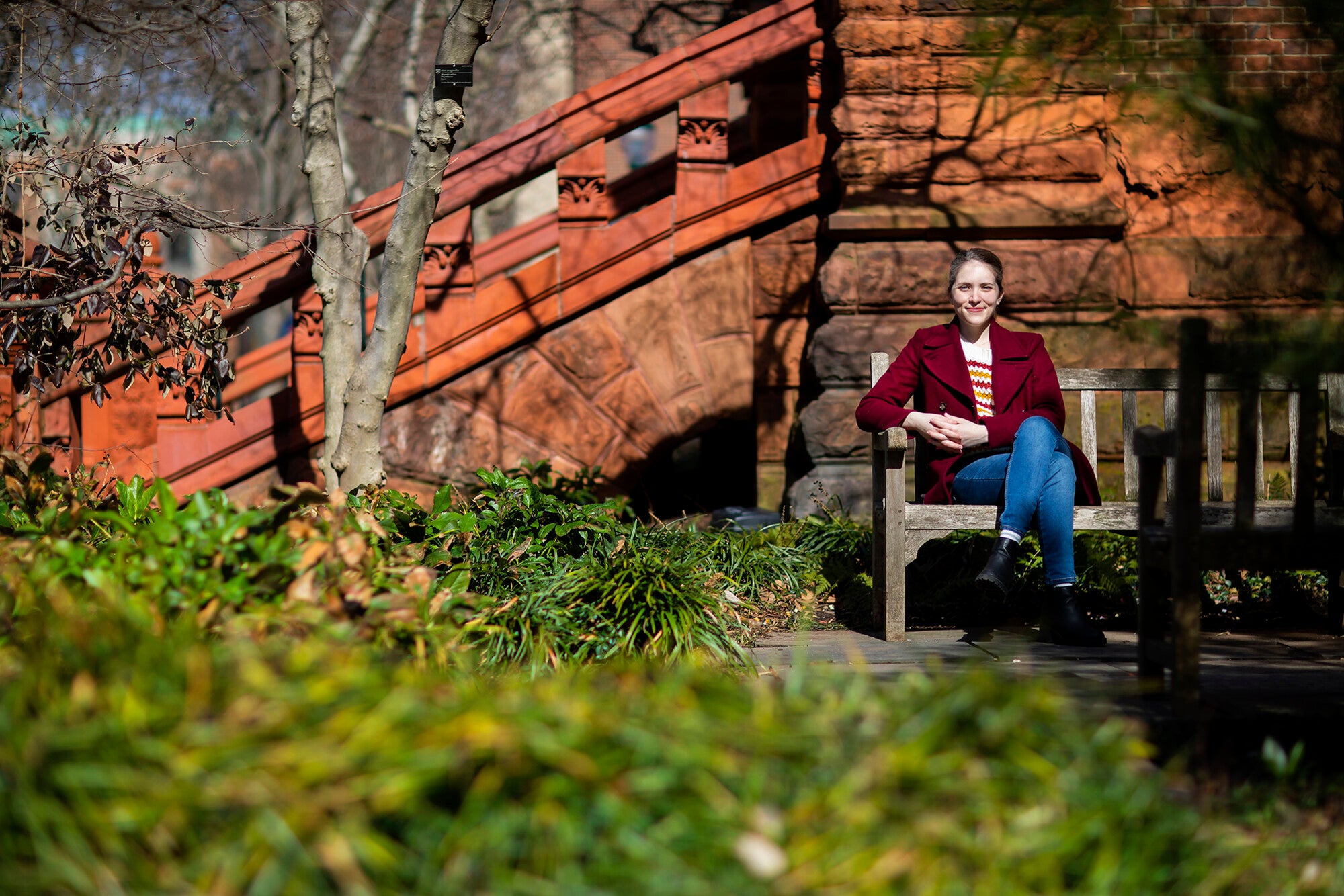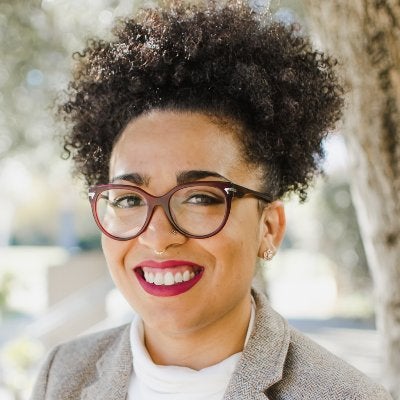La Casa Latina celebrates 25 years of history during Latinx Heritage Month
La Casa Latina is offering a range of events in celebration of its 25th anniversary and Latinx Heritage Month.
La Casa Latina, the main center for Latinx students at the University, organized a schedule for the month featuring panel discussions, an author talk, student gatherings, and conferences. It also hosted a symposium on Sept. 21 recognizing a quarter-century of “dedicated service, advocacy, and cultural empowerment,” according to La Casa Latina Director Krista Cortes.
“This anniversary is not just a recognition of the center’s founding but a reflection on the collective efforts of its founders and the ongoing work required to serve a dynamic and diverse Penn Latine community,” Cortes said.
The celebration commenced with the Procession of Flags on Sept. 16, where students marched down Locust Walk holding the flags of Latin America. The event was followed by an Open House of La Casa Latina.
On Sept. 21, a symposium centered around La Casa Latina’s 25th anniversary took place at the ARCH Building, featuring two panels and an award luncheon.
The first panel reflected on the center’s evolution and impact since its establishment in 1999. Founding members Luz Marin and Jorge Santiago-Aviles spoke on the panel, as well as Nursing senior Salvador Galvez Jr. The second session featured the perspectives of students and recent graduates on the intersections of identity and activism.
In her remarks at the symposium, Cortes described the cultural center as a “landing space” for students.
She highlighted the establishment of the Latinx Graduation Ceremony in 2021, which offers a bilingual graduation in English and Spanish as students walk the stage with their parents and relatives. La Casa Latina also invites cultural dancers, musicians, and speakers to perform at the graduation. Cortes said that the initiative emerged from student efforts after the COVID-19 pandemic disrupted many of their formative years.
La Casa Latina gave out seven awards to students and faculty to celebrate their contributions to Penn’s Latin community. The two Service & Dedication Awards went to retired office coordinator Maritza Santiago Torres and Johnny Irizarry, who is the longest-serving director of La Casa Latina.
Amelia Becerra, a College junior and La Casa Latina program assistant, said during the symposium that it’s always “nice to see alumni come back, as they help me believe it is possible to do something here and to see that they’ve all been successful really validates my experience.”
On Sept. 26, graduate students congregated in Castor Courtyard for the Graduate Student Bienvenida. To conclude September’s celebrations, Luis Miranda Jr., a Puerto Rican author, visited the University on Sept. 30 to discuss the role of Latinx voices in politics.
Future events for October include the Dolores Huerta lecture and the 7th PLAC Conference, which will discuss public and community-engaged scholarship in Latin America, the Caribbean, and its diaspora.
College senior and La Casa Latina program assistant, Andrea Barajas, who was also a photographer for the Daily Pennsylvanian, said that planning these events didn’t come without challenges.
During previous Latinx Heritage Months, La Casa Latina hosted events nearly every day. This year, to remedy the stress of organizing such frequent events, Barajas said that La Casa Latina is focusing on “recognizing their capacities and limitations.”
Barajas added that La Casa Latina has worked to plan fun events despite funding options becoming more limited. For example, she led an event in February where she made paper flower bouquets, having purchased paper and fake flowers in bulk from Amazon.
“We’ve had to get a bit more conservative with the financial aspect, but that also means we get to be a little more creative with it,” Barajas said.
Galvez Jr. said that La Casa Latina has greatly evolved since he joined as a first year, especially in terms of engagement and outreach.
“It seems like there are a lot more Latine students on campus, and I think those students are finding the space of La Casa,” Galvez Jr. said. “A part of me is really proud of the work that we’re putting into making sure that people know we’re a center, a resource for them.”
Galvez Jr. also said that there has been an increase in programming and event planning, highlighting the establishment of the bilingual graduation.
“Latine graduating students at Penn always share that that’s something really special to them, especially when their parents may not speak English or come from immigrant households,” Galvez Jr. said. “Having a graduation that they can participate in and semi-understand is really nice as well.”
Looking ahead, La Casa Latina aims to engage with the broader Philadelphia Latinx community, build connections with Latinx alumni, and compile a digital archive of Latinx legacies at the University. In 2025, La Casa Latina will launch a scholars program that supports undergraduate and graduate students.
“Our main goal is to increase our visibility and really show administration and continue to show students that we are a resource for them,” Galvez Jr. said.
Our Alums in Their Spaces: Krista Cortes | Director, La Casa Latina
Krista Cortes’ book-filled office on the top floor of the ARCH Building on Locust Walk is quiet, cozy, and full of golden, autumnal light. But the director of Penn’s La Casa Latina—the campus hub for Penn’s Latine community and Latin American culture—is more often found posted up in La Casa’s bright, bustling home on the garden level, chatting with students, organizing programming, and welcoming people into the space.
How a space is organized and outfitted for optimal learning and inclusion is important to her. After finishing her two master’s programs at Penn GSE (in teacher education and language and literacy), Cortes earned her PhD in education at the University of California, Berkeley, where her dissertation explored how Afro-Puerto Rican mothers create learning environments for their children that center Blackness.
“That’s what I’m trying to do in my work here,” said Cortes, who is also teaching “Applied Linguistics in Education” at GSE this semester. “It’s really important to me to bring Afro-Latinidad into conversations in a Latine cultural center. . . . I want us to really think about the multiplicity within our understanding of Latinidades. How do we do that, not only through programming, but how we do that in our interactions with students? How we do that in the ways that our space is designed?”
That care and intentionality is obvious throughout her office and at La Casa. She gave us a tour of everything from the personally meaningful art she’s hung on her walls to the snack closet she keeps stocked with condiments—Valentina hot sauce, Tajin chili-lime seasoning, adobo seasoning—to remind students of a taste of home.
1. Orisha prints
I practice Santería—that’s my religion. Santería is an Afro-Cuban religion that came to Cuba when enslaved people from Africa who practiced Yoruba were brought over. These are representations of orishas [spirits] that are really important to me. That’s Oya—goddess of the wind, who represents transformation—with the sword, and Oshun—the river deity [not pictured], who represents love—is behind my desk. And there’s Elegua—deity of the crossroads, who represents destiny. I think they are super important as a lens or a metaphor through which to understand the ways in which Afro-Latinidad is often obscured and not talked about. . . . Even in thinking about the way that this tradition has persisted over time, it very much had to be hidden, right? To keep their traditions alive, they had to hide them behind Catholicism, and then Santería is really a blending of the Yoruba traditions with Catholicism as a way to adapt to a new situation. When folks come in my office, I don’t know that they would know what these images are. But it was important—a way of me bringing a piece of myself into this space.
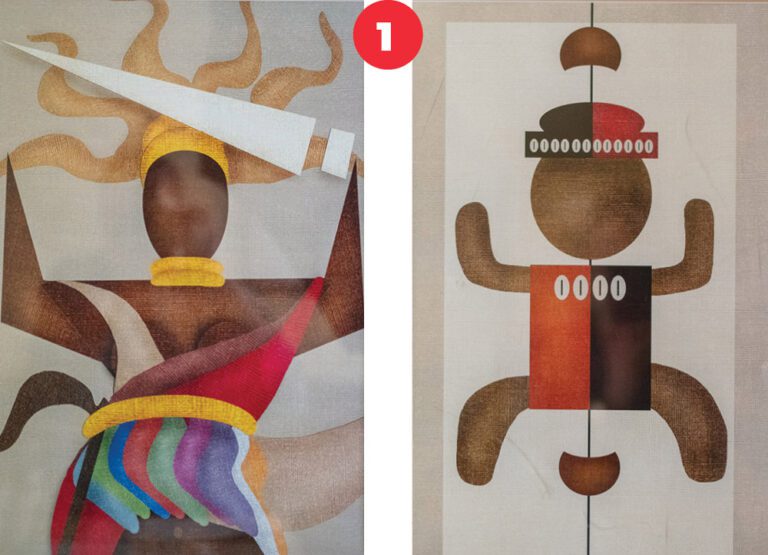
2. Prints of Puerto Rico
I inherited these when my grandfather passed away and my grandmother asked me to help clean his room. In the back of his closet, I found this canister of prints like ones my grandmother has hanging in her home. . . . They are of streetscapes in Puerto Rico, which is where my grandparents and parents were born. I grew up on Long Island. But for me, the identity that is important to me is my “Puerto Ricanness.” That’s how I understand myself. These prints are like me trying to bring the idea of “a home that is not here” into this space.
3. Spiderman and La Borinqueña comic books
These feature Miles Morales, the Afro-Puerto Rican Spiderman, and La Borinqueña, who is also Afro-Puerto Rican. She’s a superhero that is meant to save Puerto Rico, so she talks about eco-feminism and climate justice. There was a comic shop in Berkeley that I was able to get some of these from. While I was in California, I met the author of the La Borinqueña comic books, Edgardo Miranda-Rodriguez, and he signed some of them for me. Folks really are into superheroes, and these have become a conversation-starter with students.

4. Día de los Muertos decorations
These are the boxes we’ve been packing for Día de los Muertos. They are full of supplies that we use to build an altar. We began this partnership with the College Houses—we give them all the supplies, and then usually a resident advisor or graduate resident advisor will make a program out of it where they build the altar in a common area in their College House. . . . Día de los Muertos is very much associated with Mexicanness. But it’s actually a practice that is celebrated all over Latin America and the Caribbean and beyond. It’s a cross-cultural practice. Lots of cultures honor their dead and want to remember their passed loved ones.
Winter solace
Ángel Gutiérrez has three homes: Texas, Mexico, and Philadelphia, they say. “To me, home is a place where I feel both belonging and care.” For the latest installment of People and Places at Penn, Penn Today spoke with Gutiérrez and three other students about where they feel at home, what motivates them, where they seek solace, and how they unwind during the colder months on campus.
Ángel Gutiérrez is from Pittsburg, the one in rural east Texas. Gutiérrez’s parents immigrated from Michoacán, Mexico, and the sophomore is exploring their relationship to the environment, an interest furthered by their studies in anthropology and philosophy. “What are my obligations to the lands? Who am I in kin with, and how can I be in better relations with the many beings around me?” they ask.
At Penn, La Casa Latina has become a home away from home. “I mean, everyone says that, but it’s true,” Gutiérrez says. It’s a place where they can unwind and talk with director Krista Cortez, who “provides sincerity and a fresh breath of air,” Gutiérrez says.
As an anthropology major, Gutiérrez is often found in the Penn Museum Library, which they discovered last semester. “I appreciate a quiet space on campus to decompress before or after class,” they say.
This summer, Gutiérrez plans to conduct a research and film project in their parents’ home village. Michoacán leads Mexico’s avocado export industry, creating a sharp contrast between industrial companies, rural farming traditions, and Indigenous land practices, Gutiérrez says. They are hoping to archive stories, songs and traditions “to create an archive of brown joy” of their family’s history and resistance to colonial violence.
From the Class of 1923 Arena, where figure skater Gloria Lee likes to practice, to Makuu: the Black Cultural Center, where math TA Abdul-Rakeem Yakubu holds office hours, to the behavioral sciences section of Van Pelt-Dietrich Library Center, where Emma Ronzetti escapes to, these students picks offer a sense of calm, or in some cases, inspiration.
Gloria Lee
Originally from Highlands Ranch, Colorado, Gloria Lee discovered the Biddle Law Library early on, while walking around with friends. “We were freshman and wanted to explore the campus,” she explains. “I found all these booths downstairs and it looked like a good place to do work.” Plus, she adds, not many people seem to know about it, so there is “always a booth open,” she says. “I could spread out as much as I needed.”
Lee is now a junior in Penn’s Vagelos Integrated Program in Energy Research, which combines her interest in research along with a focus on sustainability and environmental activism. When not studying, Lee can be found at the Class of 1923 Arena, where she is a member of the Figure Skating Club. Lee has been figure skating since age 8, and says the tight-knit community has sustained her interest. “It’s really fun to practice with your friends,” she says. “I taught a couple of friends how to skate and we do lessons as part of the club.
“What I like about figure skating is that it’s a very athletic thing, but it also requires a lot of showmanship, making sure you have the right balance and are able to do your jumps,” Lee says.
Abdul-Rakeem Yakubu
One of Abdul-Rakeem Yakubu’s favorite spots is the David Rittenhouse Laboratory, home to the mathematics and physics and astronomy departments. “It’s a cool innovative building to walk through,” Yakubu says. “There’s a math library not a lot of people know about and a math lounge” with coffee and tea. The original red brick structure has “old elementary school vibes” that remind Yakubu of the movie “Good Will Hunting.” “It motivates me a lot, seeing the math work on the wall,” he says.
Currently a junior, Yakubu has been a math TA since his sophomore year, hosting office hours at Makuu: The Black Cultural Center, his “No. 1 favorite spot.” He likes helping out the professors and students, and Makuu has become a place to relax and see familiar faces, Yakubu says.
Growing up in Mooresville, North Carolina, Yakubu originally wanted to be a race car driver. Now majoring in math and biology, he’s on a pre-dental track. Dentistry is “a huge field with lots of impact,” Yakubu says. On the big scale, dentistry is involved in initiatives like the COVID-19 saliva test, he says. “On a small scale, just making people smile.”
Emma Ronzetti
Emma Ronzetti has always been fascinated by what makes people tick. Ronzetti, who has worn hearing aids since middle school, wants to study the behavioral economics of people with disabilities. Currently a student in the Master of Behavioral and Decision Science Program, Ronzetti graduated in December 2021 with a bachelor’s degree in economics and minors in statistics and American Sign Language (ASL).
A person with a disability often follows one of two tracks, she says—either hiding or embracing the disability, making it part of their cultural identity. Those who embrace their identity are often faced with the uncomfortable issue of workplace disclosure or societal bias, which Ronzetti says will take decades to counteract. “How do we positively change how society perceives disability?” she asks. That’s the question she wants to address with her behavioral science research.
For motivation, she turns to the fourth floor of Van Pelt-Dietrich Library Center, specifically section HB74.b8, the behavioral sciences section. “It really helps me with inspiration and getting on track with what really motivates me and gets me up in the morning,” Ronzetti says. It was in this section that Ronzetti realized she wanted to study behavioral economics. “It’s a very personally significant place for me,” she says.
As Ronzetti closes out her last semester at Penn, she’s reflecting on “what really impacted me here, especially in the winter months,” she says. One of those spots is a bench right outside the Fisher Fine Arts Library, which she found in her sophomore year. Ronzetti and her best friend would meet up on the bench for coffee after enduring an early morning math class, where “we were both kind of dying,” Ronzetti says.
After graduating this spring, Ronzetti hopes to gain experience in research before hopefully moving the needle on centuries of bias towards differently abled people. Deaf people are far more visually oriented than the average person, she says. Why not focus on the advantages rather than thinking, “what can they not do?” she asks.
Penn Student Magazine La Vida
Student at La Casa Latina and across campus celebrated the launch of La Vida magazine, a student run magazine about the Latinx community.
Director of La Casa Latina, Krista Cortes centers Blackness and celebrates the multiplicity inherent in ‘Latinidades.’
Walking into Krista L. Cortes’ home, visitors might be hit by the smell of sofrito, that cornerstone of Caribbean cooking, and see her children helping in the kitchen. “Sofrito is like a labor of love; it takes a lot of time,” Cortes says. “And since my oldest son was about 2 years old, he’s always helped me.” The food she makes for her family—plantains, rice and beans—helps connect them to their culture. For Puerto Rican Cortes and her Cuban husband, rooting their children in Afro-Latinx identity also means having bilingual and Spanish-language books, watching movies with Black protagonists, and having pictures of family, “which runs the gamut in color,” Cortes says, as well as artwork featuring orishas hung on the walls. Cortes and her husband practice Santería and the orishas are important intermediaries between humanity and divinity. “You walk into my house and the first thing you see are guerreros [warriors]: Eleggúa, Oggún, or Ochosi. That, to me, is an artifact of our Blackness.”
Cortes, who earned two master’s degrees from Penn’s Graduate School of Education and a Ph.D. in education from the University of California, Berkeley, is bringing this sense of Blackness home to La Casa Latina, one of six cultural resource centers at Penn. Cortes uses the term “Latinidades,” instead of the traditional “Latinidad,” to refer to the plurality inherent in all the different people, cultures, races, and languages that comprise Latin heritage. It’s not just one thing, she says, and in America that often gets lost in translation.
“There’s a white-washing of Latinidad that happens in popular media. One of the opportunities to counter this is within the university setting. For the 10th annual Dolores de la Huerta lecture, Cortes invited two Haitian women, Maika and Maritza Moulite, to present. That was intentional. We love to talk about Latin America and the Caribbean and think about the Caribbean in its entirety when it suits us, but non-Spanish-speaking countries often get left out. People forget that Haiti and the Dominican Republic are actually one island; two countries share that space.Inviting Haitian speakers was a way that I’m trying to show folks that this is an issue that’s important to the Latinx community.”
Krista L. Cortes: New Director for The Center for Hispanic Excellence: La Casa Latina
Penn alumna Krista L. Cortes has been appointed director of La Casa Latina, the main hub for Latinx students, with the goal to make space for Afro-Latinx students within the greater Latinx community.
Since her appointment in late January, Cortes said her chief objectives as director are to implement programming that connects Penn’s Latinx community with the greater Philadelphia Latinx community, and also to turn the cultural center into a Black-affirming space so Afro-Latinx students feel welcomed as well.

